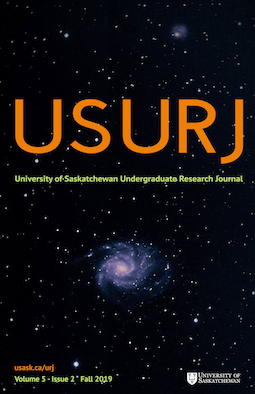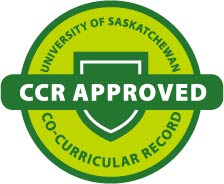Children of Heaven
A Bioarchaeological Review of the Inca Capacocha Mummies
DOI:
https://doi.org/10.32396/usurj.v5i2.410Keywords:
bioarchaeology, mummies, Inca, human sacrifice, radiology, stable isotope analysisAbstract
Ruling over western South America for nearly 100 years, the Inca Empire was one of many global cultures that practiced human sacrifice, though few other rituals of human sacrifice are as captivating as the Inca child sacrifice of capacocha. Capacocha children were chosen to be representatives of the Inca people in the afterlife. As such, they were afforded an elevated position in society before their death. Following their selection, children would undergo a year-long pilgrimage terminating at a mountain top shrine where they would be killed. As a result of the low temperature and oxygen levels present at such a high elevation, the bodies of capacocha children were protected against decomposition, creating some of the best-preserved natural mummies in the world. These mummies have been the subject of numerous bioarchaeological analyses to determine their age, sex, geographic origin, pathological conditions, diet, and cause of death. Beyond these, however, the mummies present a unique opportunity to study how the capacocha ritual process — including the sudden ascension in status — manifested itself on the children's bodies. This paper aims to review the bioarchaeological data garnered from the mummies in order to reconstruct the experience of a child chosen for capacocha. Results suggest higher variability between children selected for capacocha than was originally outlined by Spanish chroniclers.
Downloads
Published
Issue
Section
License
Articles: USURJ’s current Publication Agreements apply a Creative Commons Attribution-NonCommercial License (CC-BY-NC) by default. The CC BY-NC license lets others remix, tweak, and build upon work non-commercially. The author(s) can choose a different CC license, as outlined in https://creativecommons.org/about/cclicenses/. Please see the PDF for each article to determine what license is applied to that article. Author(s) can also request to reserve all copyright (All Rights Reserved). If there is no indication for articles published before September 2020, assume the author retains all rights beyond those necessary for publication by USURJ. All articles published after September 2020 will apply one of the aforementioned CC licenses. See the Publication Agreement under the Submission Preparation Checklist or Author Guidelines for more information. Artwork: All copyright for the original artwork remains with the artist unless they wish to apply a Creative Commons (CC) license to the artwork. Please see the PDF for each artwork to determine what license is applied to that artwork.







